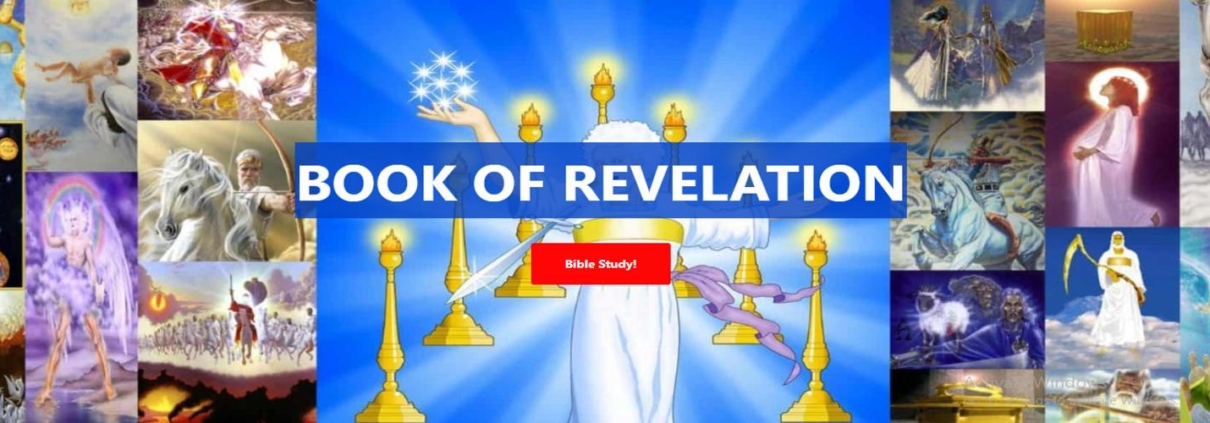The 7 Bowls of Wrath – Understanding God’s Final Judgment
Introduction
The Book of Revelation is filled with some of the most powerful and symbolic imagery in the entire Bible. Among these, the 7 Bowls of Wrath, also known as the 7 Last Plagues, represent the climactic outpouring of God’s judgment upon a rebellious world. Found in Revelation 15–16, these bowls mark the completion of divine wrath, as heaven declares: “It is done!”
In this article, we will explore the meaning, sequence, and significance of the 7 Bowls of Wrath, and what they reveal about God’s holiness, justice, and ultimate plan for humanity.
Background – What Are the 7 Bowls of Wrath?
The 7 Bowls (or Vials) are the last series of judgments described in Revelation, following the Seven Seals and the Seven Trumpets. Each bowl is poured out by an angel, unleashing devastating plagues upon the earth.
Unlike the earlier judgments that were partial or limited, the Bowls of Wrath are complete, global, and final. They symbolize the ultimate showdown between God’s righteousness and the wickedness of the world.
The Sequence of the 7 Bowls of Wrath
1. First Bowl – Painful Sores (Revelation 16:2)
The first angel pours his bowl on the earth, and horrible, painful sores break out on those who bear the mark of the beast and worship its image.
- Meaning: This judgment targets those who rejected God and pledged allegiance to the beast. It reflects the principle of reaping what one sows.
2. Second Bowl – Sea Turns to Blood (Revelation 16:3)
The second bowl is poured into the sea, and it becomes like the blood of a dead person, killing every living creature in it.
- Meaning: Just as Pharaoh’s Egypt suffered in Exodus, this plague symbolizes the destruction of commerce, food supply, and global trade systems that oppose God.
3. Third Bowl – Rivers and Springs Turn to Blood (Revelation 16:4–7)
The third bowl turns freshwater sources into blood. An angel declares that this judgment is righteous because the world shed the blood of saints and prophets.
- Meaning: God’s justice is fair and proportionate—those who shed innocent blood now drink blood themselves.
4. Fourth Bowl – Scorching Sun (Revelation 16:8–9)
The fourth angel pours his bowl on the sun, causing it to scorch people with intense heat. Yet, instead of repenting, people curse God.
- Meaning: This shows humanity’s hardened heart—rather than turning to God in suffering, they resist Him even more.
5. Fifth Bowl – Darkness on the Beast’s Kingdom (Revelation 16:10–11)
The fifth bowl plunges the kingdom of the beast into darkness. People gnaw their tongues in agony and continue cursing God.
- Meaning: Darkness symbolizes chaos, spiritual blindness, and the collapse of worldly powers that oppose Christ.
6. Sixth Bowl – Euphrates River Dried Up (Revelation 16:12–16)
The Euphrates dries up, preparing the way for the kings of the East to gather for battle at Armageddon. Demonic spirits perform miracles to deceive rulers and gather them against God.
- Meaning: This is the preparation for the final global confrontation between good and evil.
7. Seventh Bowl – Earthquake and Hailstorm (Revelation 16:17–21)
The final bowl brings the most devastating judgment: a massive earthquake, the splitting of cities, the collapse of Babylon, and hailstones weighing 100 pounds. A loud voice from the throne declares: “It is done!”
- Meaning: This represents the end of human rebellion and the beginning of God’s eternal reign.
Theological Significance of the Bowls
- God’s Wrath is Just
- These plagues may seem harsh, but they are a response to centuries of unrepented sin, persecution of believers, and rejection of God’s mercy.
- These plagues may seem harsh, but they are a response to centuries of unrepented sin, persecution of believers, and rejection of God’s mercy.
- Parallel to Exodus Plagues
- Just as Pharaoh hardened his heart, so does the world in Revelation. The bowls echo Egypt’s plagues, showing that God is consistent in His justice.
- Just as Pharaoh hardened his heart, so does the world in Revelation. The bowls echo Egypt’s plagues, showing that God is consistent in His justice.
- Finality of Judgment
- Unlike earlier judgments, there is no delay, no partial effect—this is final and complete.
- Unlike earlier judgments, there is no delay, no partial effect—this is final and complete.
- Call to Repentance
- The passage highlights humanity’s stubbornness. Even in the face of overwhelming evidence of God’s power, many choose rebellion.
- The passage highlights humanity’s stubbornness. Even in the face of overwhelming evidence of God’s power, many choose rebellion.
Symbolism Behind the Bowls
- Sores = Consequences of sinful allegiance.
- Blood in seas and rivers = Corruption and judgment on life-sustaining systems.
- Scorching heat = Intensity of judgment.
- Darkness = Spiritual blindness and collapse of evil empires.
- Dry Euphrates = Preparation for final battle.
- Earthquake and hail = Cosmic disruption signaling the end of an age.
Relevance for Today
While the bowls are often viewed as future events, they also carry spiritual lessons for believers today:
- God is patient but not forever—judgment will come.
- Earthly power, wealth, and false religion cannot withstand God’s justice.
- Believers are called to remain faithful, knowing that God will vindicate His people.
- The ultimate hope lies not in this world, but in the promise of a new heaven and new earth (Revelation 21).
Conclusion
The 7 Bowls of Wrath are a powerful reminder of God’s holiness and justice. They represent the final act in the drama of human history before the return of Jesus Christ. While terrifying in imagery, they also point to hope—the certainty that evil will not prevail forever, and God’s kingdom will be established in righteousness.
For Christians, the message is clear: remain faithful, trust in Christ, and look forward to the eternal victory where God Himself will wipe away every tear.


Leave a Reply
Want to join the discussion?Feel free to contribute!